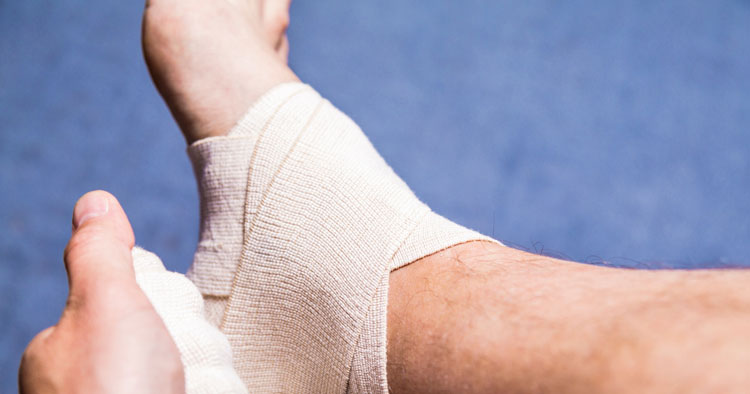Back and Joint Pain, Injury Rehabilitation and Training, Muscle Pain and Tendinopathy, Sports Injuries and Management
Treating A Sprain Or Strain
Physiotherapists Are Skilled In The Diagnosis Of Musculoskeletal Injuries
When treating a sprain or strain diagnosing exactly what you are dealing with can make a difference to both the management of the injury and subsequently any recovery time frames. Therefore assessing if you are dealing with a sprain to a joint, or a strain involving muscle or tendon tissue not just the severity of any damage is important. Physiotherapists are labeled as primary care practitioners, meaning they are skilled in diagnosing sprain or strain injuries, assessing the severity of any injury suffered and planning and providing the appropriate treatment approach.
If you suspect you may have suffered a sprain or a strain then some simple guidelines regarding when you should consider seeking professional assistance include:
- If the pain and swelling associated with the injury don’t ease quickly (within around 24-72 hours).
- If the pain associated is significant enough you can’t comfortably bear weight on the limb.
- If you are deteriorating and your symptoms get worse be it pain, swelling, functional limitation.
- Or if you have significant swelling, pain, fever, or open wounds.
- If you have persistent sensations of numbness or tingling around the joint.
Managing An Acute Sprain Or Strain
Symptoms of a muscle strain and a ligament sprain are often very similar and can both frequently include swelling, bruising, and pain. With acute injuries such as a mild sprain or strain, the first few days are really important in protecting the injury and preventing further injury as well as reducing any associated swelling, bruising, and pain.
The use of R.I.C.E. during this initial period is relevant:
- Rest: Relative rest through “staying off” the affected area and minimizing the risk of further damage, the exaggeration or prolonging of swelling while the tissue heals. Appropriate loading is crucial and although rest is frequently required putting some load through healing tissue can help promote effective healing. A physio is skilled in guiding people through this rest verse loading phase of rehabilitation.
- Ice: Applying ice may help reduce any swelling and inflammation as well as manage pain.
- Compression: Compression of the area like ice may also help in controlling any swelling.
- Elevation: Keeping the affected area elevated above the level of your heart again can help manage and reduce swelling.
The extent and duration of need for R.I.C.E. following and sprain or strain can be guided by your physiotherapist. More severe strains or sprains may require bracing, immobilization, even surgery to assist the repair of the damaged or torn tissues. Therefore always consider referring to the above guidelines regarding obtaining professional assessment of your injury and as always a simple rule is “if in doubt seek help”. At Sydney Physio Clinic our physio team help assess and treat a wide variety of sprain and strain injuries suffered in a variety of ways and are always happy to be involved in someones rehabilitation journey however long or short that may necessitate.
Disclaimer: Sydney Physio Clinic does not endorse any treatments, procedures, products mentioned. This information is provided as an educational service and is not intended to serve as medical advice. Anyone seeking specific advice or assistance regarding
Treating A Sprain Or Strain should consult his or her general practitioner, sports medicine specialist, or physiotherapist.


